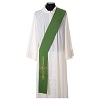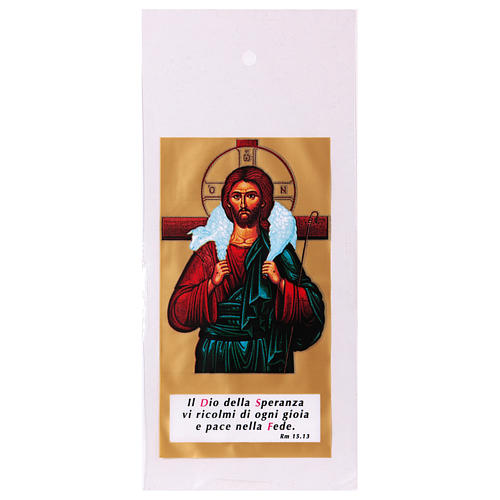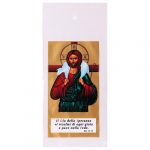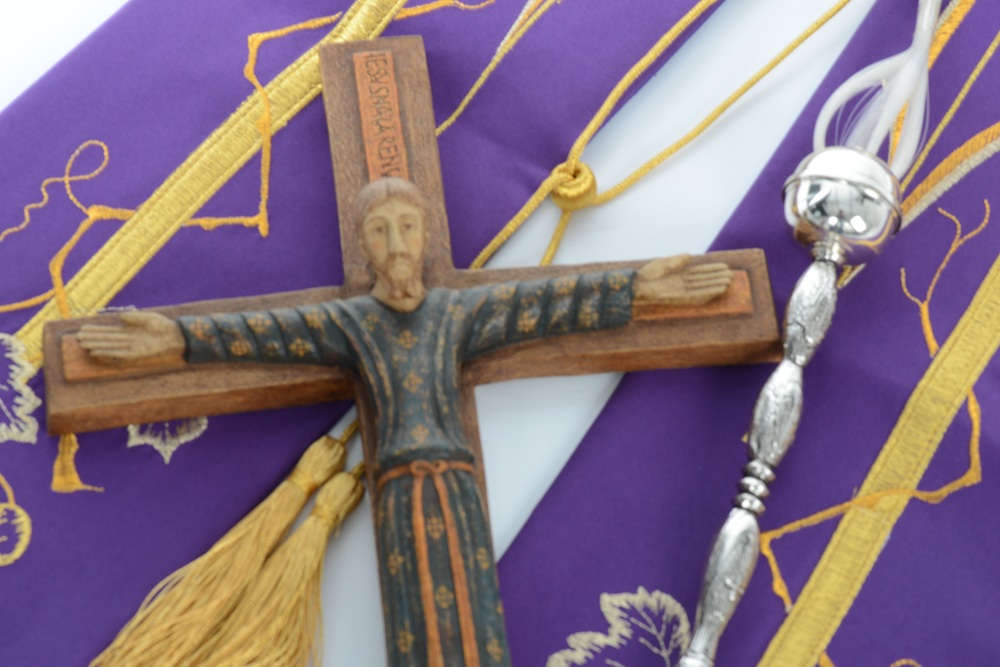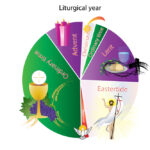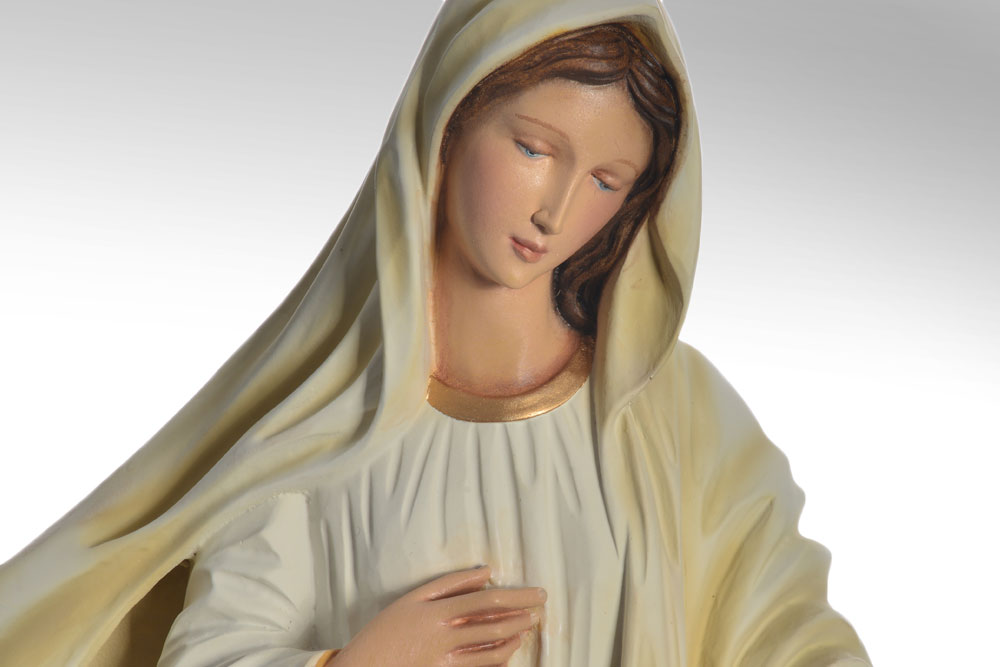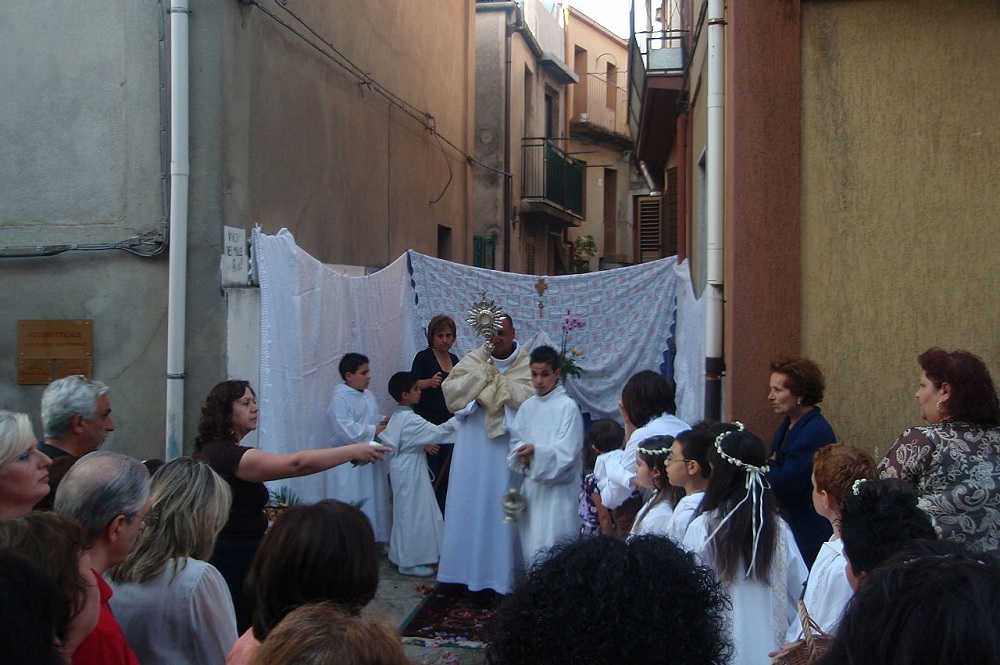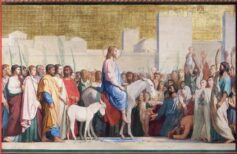Carnival is about to end. After Shrove Tuesday there is Ash Wednesday, which marks the beginning of Lent. But where does this particular festival originate?
What is Ash Wednesday? Where does its strange name come from?
We all know Carnival, that period of celebration in which everything is allowed (or almost), in which we dress up, laugh and feast on typical sweets and tasty foods. We also know that, after Carnival, we enter Lent, the period of penance and fasting that Christians live in preparation for Easter, which lasts for forty days and begins precisely on Ash Wednesday and ends on Holy Thursday.
Ash Wednesday is a sort of watershed, an important and symbolic passage that decrees the end of the excesses and wildness of Carnival, to enter an atmosphere of austerity, order and rigour. And the faithful immediately begin to immerse themselves in this new way of being. If Shrove Tuesday represents the last chance to celebrate and eat all the rich and fatty foods left at home, Ash Wednesday begins with fasting and abstinence from meat. Moreover, the very name of the carnival contains the meaning of this festival: it derives in fact from the Latin carnem levare, “to remove meat”.
Not all cities or professions of faith make the beginning of Lent coincide with Ash Wednesday. This is the case for Roman-rite Catholic churches and many Protestant churches, but in Milan, for example, the Ambrosian rite is still in force, according to which Lent is postponed by four days, i.e. it begins on the Sunday following Shrove Tuesday, so much so that it is also celebrated on Shrove Saturday in this city. The ashes that characterise this holiday are imposed on Sunday or Monday, while fasting and abstinence are postponed to the following Friday.
What is celebrated on this day?
The Meaning of Ash Wednesday
Ash Wednesday is a celebration of public penance. Or, to be more precise, it represents the beginning of a process of renunciation and sacrifice aimed at obtaining purification on the morning of Holy Thursday.
The name of this particular event derives from its associated uses of the blessed ash, obtained from the blessed olive branches distributed on Palm Sunday of the previous year, then burned and preserved for this very purpose. This ash is used by the priest to draw a cross on the head or forehead of the faithful during the Ash Wednesday liturgy.

Blessed olive branches at Easter
When we go to Church on Palm Sunday, the last one before Easter, we receive a blessed olive branch. Where does this tradition come from?
Why is ash used?
Ash has always been a symbol of penance and the transience of earthly life, which makes it essential to convert to obtain the only true immortality. This symbolism linked to human frailty often recurs in the Bible. Let us think of Abraham who addresses God with these words: “See how I dare to speak to my Lord, I who am dust and ashes …” (Genesis 18:27), or Job who says: “He threw me into the mud: I became dust and ashes” (Job 30:19), just to quote two passages.
Likewise, there are many passages in the Holy Scriptures where ash is used as a symbol of penance. After all, the ash was used in the context of manifestations of pain and contrition even by pre-Christian civilizations. In ancient Greece, for example, people sprinkled their heads with ashes to mourn the death of a loved one. In the Middle East, in ancient times, to show condolence or repentance, ash was poured on one’s head or sat or rolled in ashes.
The saying “sprinkle one’s head with ashes” comes from this tradition, and means to feel regret or repentance for something.
In the Bible we think of Mordecai mourning the fate of all Jews condemned by the cruel King Aman: “He tore his clothes, covered himself with a sack, sprinkled himself with ashes, and went out into the city, sending high and bitter cries” (Esther 4.1). But also to the inhabitants of Nineveh who, converted by Jonah, dress in sacks, while their king sits in the ashes (John 3:5-9), or Judith who invites the people to do penance to invoke God’s help against the invaders: “Every Israelite man or woman and the children who lived in Jerusalem bowed down before the temple and sprinkled their heads with ashes and, dressed in sackcloth, raised their hands before the Lord” (Judith 4:11). Even Jesus himself invokes ashes as a sign of repentance and contrition: “Woe to you, Chorazin! Woe to you, Bethsaida; for if the mighty works done among you had been done in Tire and Sidon, they would have repented long ago, taking up the sackcloth and sitting in the ashes” (Luke 10:13).
As early as the 10th century, the custom of blessing the ashes was widespread. The blessing of the ashes is a sacramental, one of the acts of worship instituted by the Apostolic See to obtain spiritual benefits. Those who receive them do so by invoking the spirit of true penance.
In the past, during the Ash Wednesday liturgy, the priest imposed ashes on the foreheads of the faithful by reciting this formula: “Memento, homo, quia pulvis es, et in pulverem reverteris”, Remember that you are dust and to dust, you will return (Genesis 3.19)
With the Second Vatican Council, it was decided to change this formula, which however is still used in the extraordinary form of the Roman rite. The new formula that accompanies the imposition of the ashes is: “Pænitemini, et credite Evangelio”, Get converted and believe in the Gospel (Mark 1, 1-15). This formula is taken from the Gospel of Mark. Here is the passage in full: “After John was arrested, Jesus came to Galilee, preaching the Gospel of God. He said: “The time has come and the kingdom of God has come: get converted and believe in the Gospel”.
The two formulas are actually in some way consequential because whoever is aware of the transience of his human condition, of his inevitable destiny to become dust, can find eternal salvation only in the Gospel and in its promise.The Ash Wednesday liturgy provides for the purple colour for the sacred vestments. The celebrating priest will wear a purple stole and chasuble, while the deacon will wear a purple diaconal and dalmatic stole.
The liturgical celebration provides for the imposition of ashes to replace the penitential act. The priest blesses the ashes after the homily.
Ash Wednesday fasting
Fasting has always existed in all religions. Even today, Muslims celebrate Ramadan, Jews Kippur and Christians Lent.
Christians practise fasting and abstinence from the flesh as penance on certain days of the year, regulated by the apostolic constitution Paenitemini of 17 February 1966 written by Pope Paul VI and detailed in the Code of Canon Law.

Fasting as proposed by Our Lady of Medjugorje
The fasting proposed by Our Lady of Medjugorje is just one of the forms of fasting encouraged by the Church since its origins…
In particular, the faithful, from the age of eighteen to sixty, must respect ecclesiastical fasting and abstinence from meat twice a year, on Ash Wednesday and Good Friday. On Holy Saturday, the two obligations are recommended.
Fasting doesn’t mean you can’t eat anything. Only one meal is allowed during the day, you can drink water and there are exceptions accepted for the sick and those with various problems.
The custom of observing fasting on Ash Wednesday dates back to San Gregorio Magno, 7th century. Then the Wednesday preceding the 1st Sunday of Lent was called caput ieiunii, “beginning of fasting”, or also caput Quadragesimae, “beginning of Lent”.
Abstinence from meat is also regulated by the Apostolic Constitution Paenitemini. The Catholic Church requires not to eat meat on “lean days”. Friday is considered a lean day, where you can eat fish. This rule applies to all Fridays except those on which a feast of obligation falls or one of the solemnities listed in the liturgical calendar.
Today, we can also consider other forms of abstinence and penance to be practised during Lent, in addition to fasting. Smoking, television, alcoholic beverages, but also the use of social networks. In short, everything that involves a sacrifice on our part can become a way to manifest our desire for purification.



